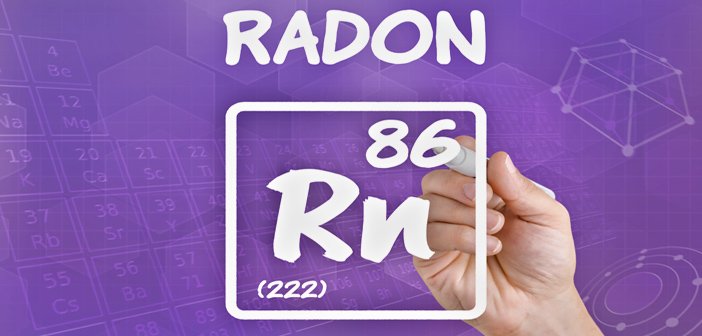
Radon testing: A necessary skill for home inspectors
The dangers of carbon monoxide are familiar to most homeowners, and the presence of carbon monoxide detectors in homes has become commonplace. However, many homeowners are unaware of the deadly legacy of radon — another odorless gas — which has been linked to the lung cancer deaths of about 21,000 people a year in the United States. Testing for this deadly gas is becoming increasingly important, and becoming professional in radon testing is something all home inspectors should consider.
Radon is the second-leading cause of lung cancer in the U.S. and the leading cause of lung cancer in non-smokers, according to the article “Radon: The silent killer in your home” by Mary Bowerman on USAToday.com. During cold winters, radon levels can soar in well-sealed homes.
According to the article, radon is caused by the natural breakdown of uranium in soil and water, and it can seep into homes through drains and cracks in the foundation. Although radon is natural in the air, it can reach harmful levels when it is trapped inside a house.
In the U.S., 1 in 15 homes has an unsafe radon level, according to the article, which cited the Environmental Protection Agency website. An EPA map of radon zones shows the Upper Midwest to have particularly high levels of radon, with many parts of Wisconsin and Minnesota included in these danger zones.
“The health risk in southeast Wisconsin for radon is significant,” said Steven Todd, Hazardous Materials Coordinator for the Division of Environmental Health in Waukesha County, in the article “Elevated levels of Radon found in SE Wisconsin” on TMJ4.com. “You definitely want to know what your home radon level is.”
The national indoor average radon radioactivity level in homes is 1.3 picocuries per liter (pCi/L). The EPA recommends fixing one’s home if radon levels are higher than 4pCi/L. However, the EPA cautions that radon levels less than 4pCi/L still pose a health risk. According to the TMJ4.com article, the average radon level for a home in southeast Wisconsin is 5.4pCi/L, four times the national average.
“It’s becoming more common for home inspectors and purchase offers to include a radon contingency clause that would include a test be done,” Todd said in the article, which noted a professional radon mitigating system costs about $1,000.
In Minnesota, the state’s Radon Awareness Act requires home sellers to inform buyers whether their home has been tested for radon and, if so, what the levels are and whether the home had been mitigated for radon, according to the article “New radon levels map released: MN Dept. of Health says 2 in 5 homes have dangerous levels” by Carrie McDermott on wahpetondailynews.com.
The article also noted the Minnesota Department of Health has launched an online tool that allows residents to view radon levels by county. The new county radon maps and charts show results from more than 84,000 properties tested from 2010-14, and the analysis found properties in 78% of the state’s counties have high average radon levels of 4pCi/L or above.
With radon affecting so many areas of the country, homeowners will look to home inspection professionals who have the skill set and credentials to detect this potentially deadly gas in their homes.
“AHIT offers an entry level radon course that is approved for licensing/certification in the states that allow online training and has recently introduced two advanced radon courses that are approved for testing radon in commercial properties as well as properties that are owned by HUD,” said Chris Chirafisi, technical training manager, American Home Inspectors Training Institute, and a licensed home inspector in Wisconsin, Kentucky and Florida.
“This has opened up another revenue stream for inspectors who are looking to expand their ancillary services.”
AHIT offers a variety of radon testing products for home inspectors, including a correspondence course, Radon Measurement Operators Course; an AHITU self-study course, Radon Measurement; two specialty instructor-led online courses, Advanced Radon Measurement for Multi-Family and Other Large Buildings and Conducting Radon Surveys and in Schools and Large Buildings and a radon test kit.




